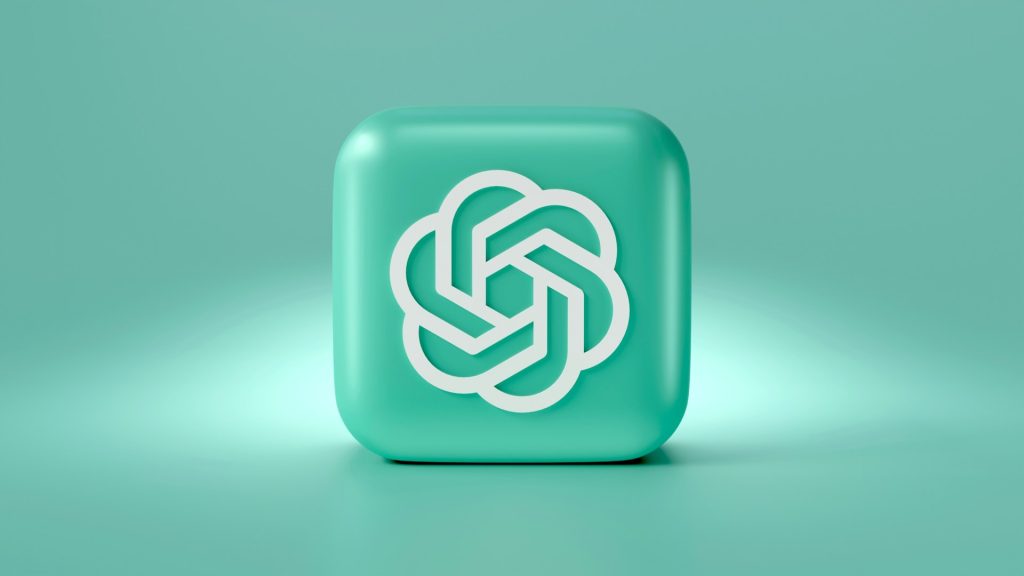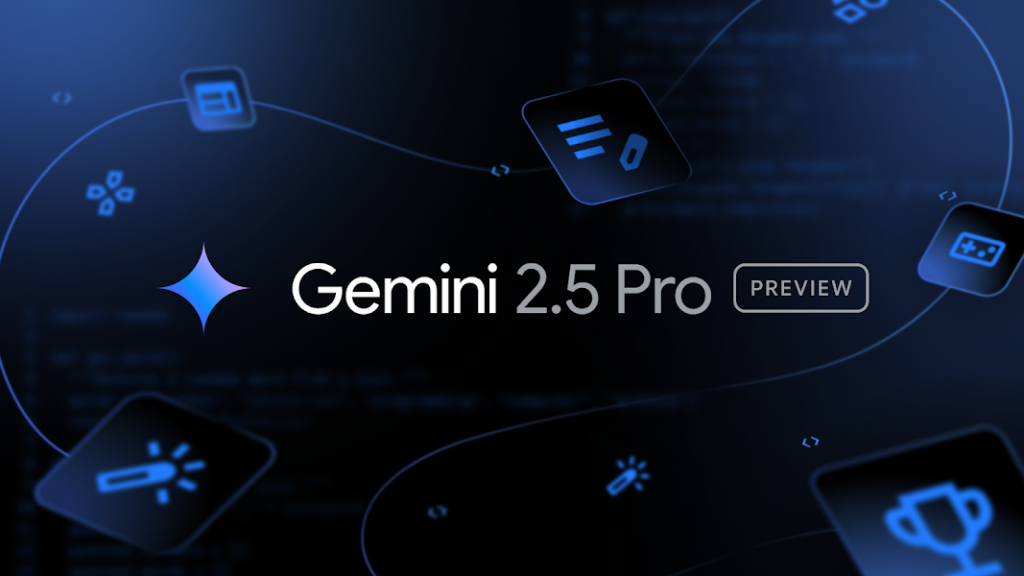2025 has been a brutally competitive year for artificial intelligence. Twelve major new models appeared in five months, each promising to revolutionize how we work.
But beyond the marketing noise, what really changed? The short answer: no single model dominates everything, but each one became much better at specific things.
What Real Data Shows
Recent analysis of real users evaluating these models in their daily work reveals patterns that official benchmarks don’t capture. When people use them to solve real problems instead of laboratory tests, important differences emerge.
Reasoning Models Are Here to Stay

ChatGPT o3 and o3 Pro represent something new: artificial intelligence that can genuinely think step by step. Users report work sessions lasting several hours where these models maintain logical coherence without getting lost.
o3 Pro excels at complex reasoning and writing, but has a strange weakness: it struggles with basic reading comprehension. It’s like having a brilliant mathematician who sometimes doesn’t understand the problem instructions.
Standard o3 offers something more balanced: good reasoning and excellent tool use, though writing can be less inspired. Many use it as their daily driver because it’s predictable and reliable.
Claude Found Its Place

Claude Opus 4 became the most consistent model. It’s not the best at anything specific, but it’s competent at everything. When you don’t know which model to use, Opus rarely disappoints.
But the surprise is Claude Sonnet 4. Despite being the “lighter” model, it rivals Opus in programming and reading while costing five times less. Pure efficiency: doing more with fewer resources.
Google Still Searching

Gemini 2.5 Pro has impressive specifications. It can process enormous documents and leads some technical benchmarks. But in real use, many users report it doesn’t meet expectations.
Its real strength lies in the Google ecosystem: if you live in Gmail, Drive, and Calendar, Gemini can access your information directly. Outside that world, its performance drops noticeably.
Discover how to choose the right AI model in 2025.
Models That Lost Relevance
ChatGPT-4o, which dominated 2024, now feels obsolete. Users rate it poorly in programming and tool use compared to newer alternatives. It’s a reminder of how quickly this field changes.
Emerging Patterns
- Specialization wins: The most successful models excel at specific tasks instead of trying to be good at everything.
- Benchmarks lie: Models with high scores in official tests sometimes fail in real work. Personal experience matters more than technical metrics.
- Efficiency matters: Smaller, optimized models can outperform expensive giants in specific tasks.
- Integration is key: How well a model works with your existing tools can be more important than its pure capabilities.
Practical Usage Guide
For Analysis and Complex Thinking
o3 models excel when you need step-by-step reasoning, deep analysis, or complex problem-solving. They’re particularly useful for debugging, strategic planning, and tasks requiring sustained logic.
For Balanced Daily Work
Claude Sonnet 4 offers the best combination of speed, quality, and price. It’s ideal when you need quick, reliable responses without knowing exactly what type of task comes next.
For Work Within Google Ecosystem
Gemini 2.5 Pro shines when it can directly access your Google data. For everything else, there are better options.
For Intensive Programming
Data shows both o3 and Claude Sonnet 4 work well, but for different reasons: o3 for long, complex sessions, Sonnet for speed and efficiency.
Learn more about this battle for the future: Apple, NVIDIA and Intel revolutionize AI in 2025.
What’s Coming
With new models launching every week, the trend toward specialization will accelerate. Instead of seeking the “perfect” model, the future belongs to those who can use different tools for different jobs.
The winning strategy isn’t finding the best model, but understanding which one to use when. And that’s only learned by testing with your real work, not reading technical comparisons.
